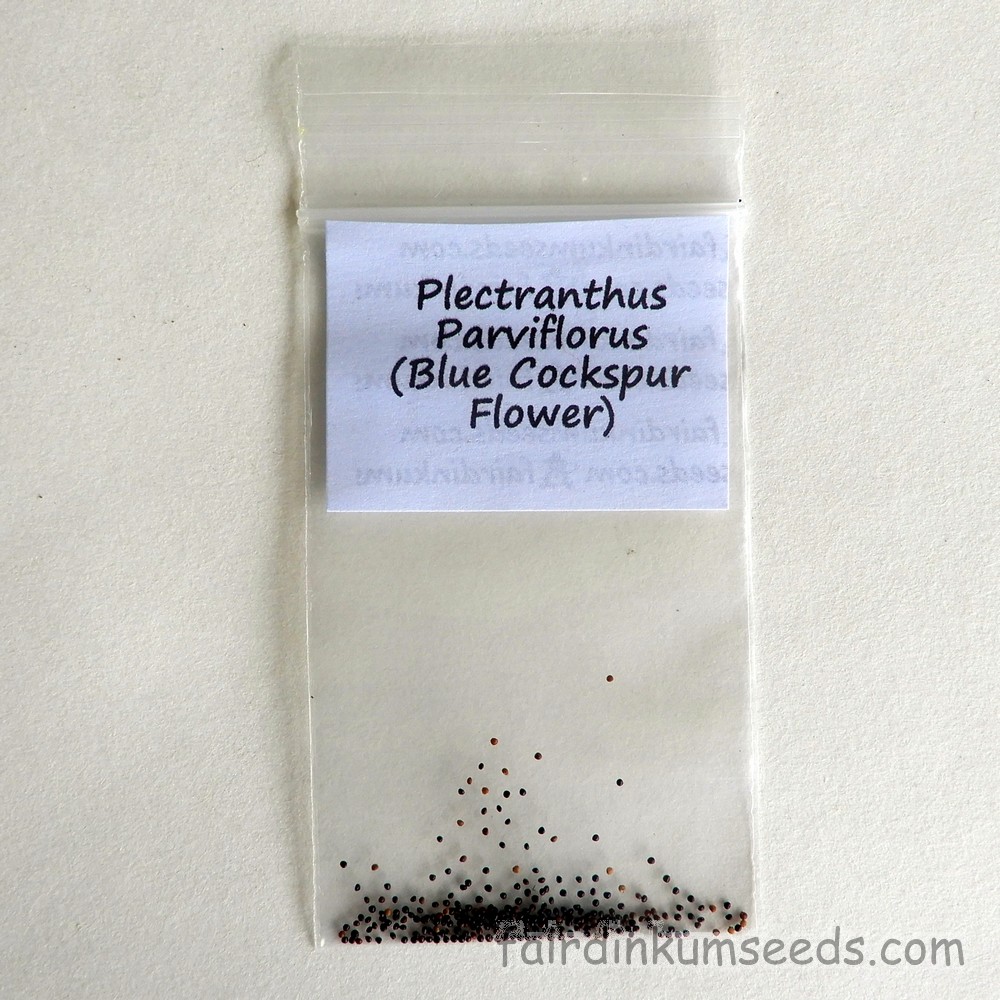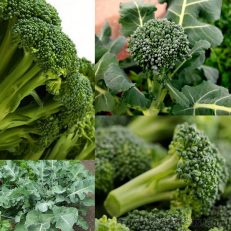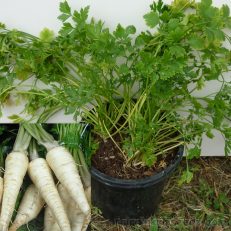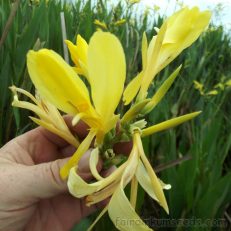Please read text!
Plectranthus Parviflorus Blue Cockspur Flower Seeds
Packet of 50+ home grown bush tucker seeds!
This pretty native succulent isn’t just beautiful.
It is super hardy as well due to the numerous tuberous roots it produces.
They help store carbohydrates, starch and water during the dry times ensuring pretty much year round flowers.
These roots are edible and can be used just like you would traditional potatoes.
When boiled or even just microwaved for a few minutes they taste just like spuds but with just a mild hint of garlic and mint.
Add a bit of butter and garlic or herbs and they are pretty awesome I reckon and I am hoping that eventually some big growers catch onto this and promote them as a bushtucker food more widely.
Even better, unlike spuds or any Other Root Crops you see in the supermarket you don’t need to waste time peeling them!
Just run them under the tap and rub them roughly in your hands for a couple seconds.
The paper thin skin just rubs off along with any dirt or mud.
Super convenient!
They are grown extensively in parts of Asia and Africa for just this reason, but here where they are also native and pretty common we Aussies seem to have ignored this massive food potential?
They don’t have insect issues apart from the odd nibble from grasshoppers, but even then it’s minor leaf damage that doesn’t negatively effect the root production at all.
In fact, I believe the stress of leaf harvest increases yield.
I say this based on a couple years experiments, and now this is what I do to maximise yields.
I grow some seeds.
I always do this step to ensure genetic diversity, and to promote initial variation of the crop.
I plant out the seedlings evenly spaced about 30cm-50cm apart.
I then wait until the plants have flowers and branches that are crawling along the ground joining up the neighbouring plants.
I then bundle up and grab all the branches of an individual plant in one hand like a bunch of flowers, and holding the base of the plant firmly with the other hand, I just roughly twist and snap all the branches off.
This leaves a sad looking stump of mangled stems ~10cm high.
I then shove that removed bunch of flowers and stems into the ground halfway between the mother plant and the next one in the row.
Make sure its buried at least a fist deep so that there are a couple nodes covered.
Easy as!
I continue working up the row, ripping off stems, shove them into the ground, take a step and repeat. Most of those stem cuttings will grow into new plants.
The mother plants will be stressed and for a little while put all energy into her roots, not into leaf or flower production.
Once the bed has reshot and recovered, and is nice and thick, I harvest the roots.
I do this gradually, and as I pick I take note of the root yield from each plant.
Those with the largest roots, or heaviest overall yield are marked and those are the ones I select seeds from.
I always select seeds from the top performing 20% and this is what I use for replanting and using this method I am improving the genetics of each generation.
I also replant cuttings from the best plants too, as they are exact clones genetically.
When they later mature they will either be the ones I select again, or the ones I select will be even better still!
This continual genetic improvement is a very important part of gardening that many folks miss.
You need genetic diversity for hardiness, and you need continual improvement of a genetic line for increased yields and productivity.
Anyway, that’s how I do it and it works great for me.
These guys currently produce yields of 3.7 – 7.5 tonnes per hectare overseas(using very primitive production methods similar to mine) which is what potato yields were here just ~100years ago.
Imagine the effects 100years of selection and large scale industrial agriculture would have on them!
Unlike the potato, these guys are already NATIVE.
They are very well suited to our harsh climate and conditions, meaning that given time and a maybe bit of Government funding I reckon they could outperform them without too much trouble at all.
After all, I can’t grow spuds here, but I get kilos of these guys without any dramas or machinery….
The leaves are edible too, not offensive, kinda minty, but nothing special.
Chooks smash them which is handy and they make great herb tea composts.
These guys are native to Australia, but also Asia and parts of Africa, and they are known by a heap of different names in different areas.
Germanea australis, Germanea parviflora, Lumnitzera moschata, Majana parviflora, Moschosma austral, Moschosma brownii, Moschosma moschatum, Plectranthus australis, Plectranthus klossii, Plectranthus moschatus, Plectranthus paniculatus, Plectranthus sieberi, Sudan Potato, Chinese potato, Kafir potato, Kaffir potato, Coleus potato, Hausa potato, Blue spur flower, Cockspur(not to be confused with this other edible Native Cockspur.).
It’s a bloody great plant, it looks super pretty, it’s as tough as boots, and it produces edible tubers.
Surely you want this fella in the collection?
Grown by me and the Mrs organically, no chems, no nasties, no problems!!!





